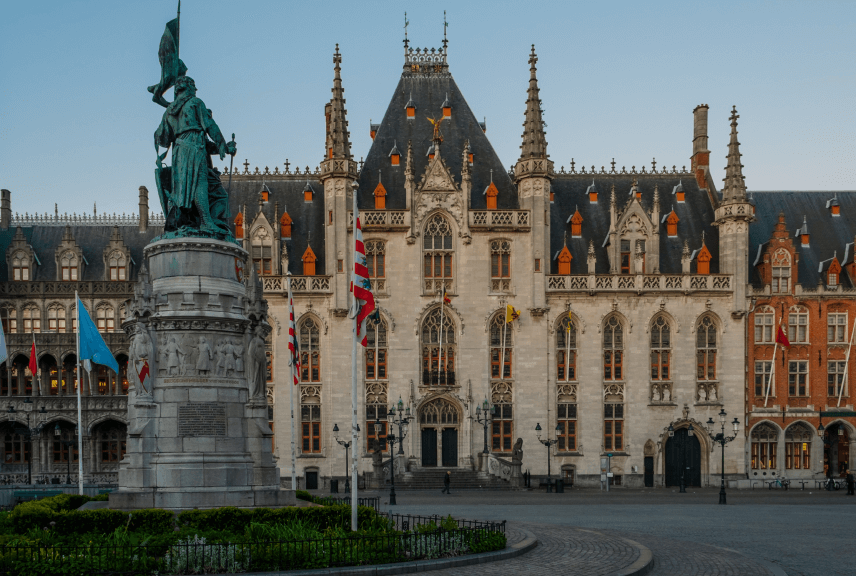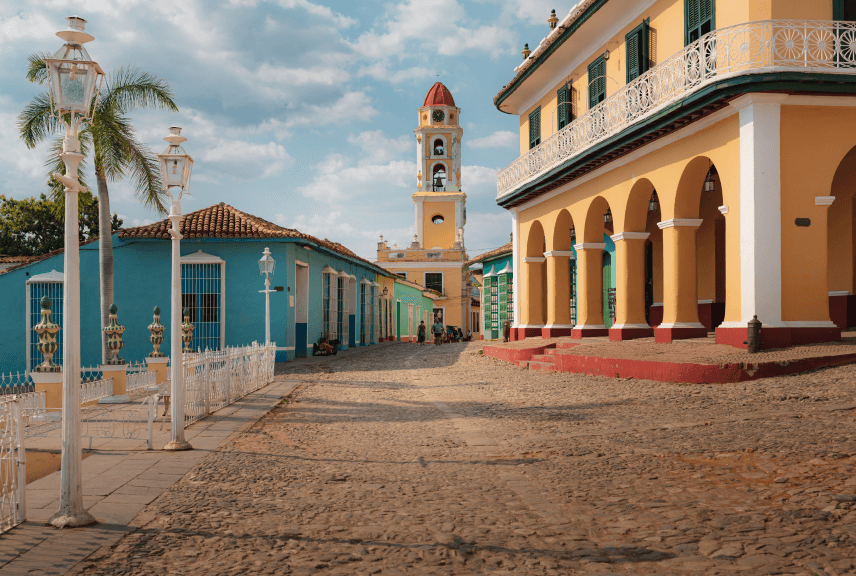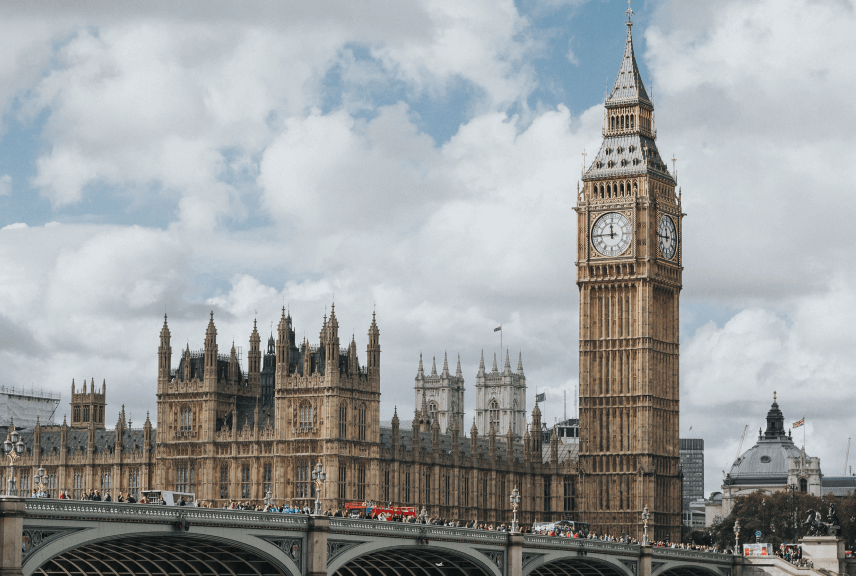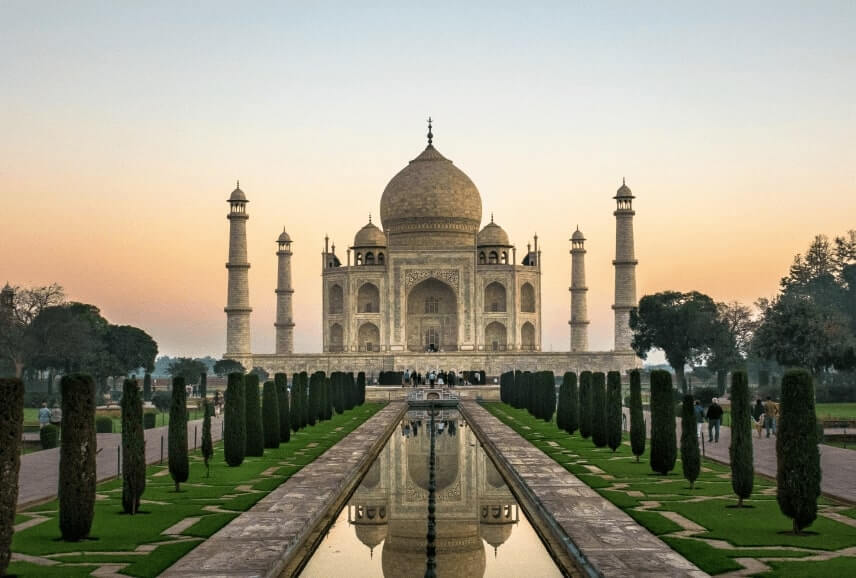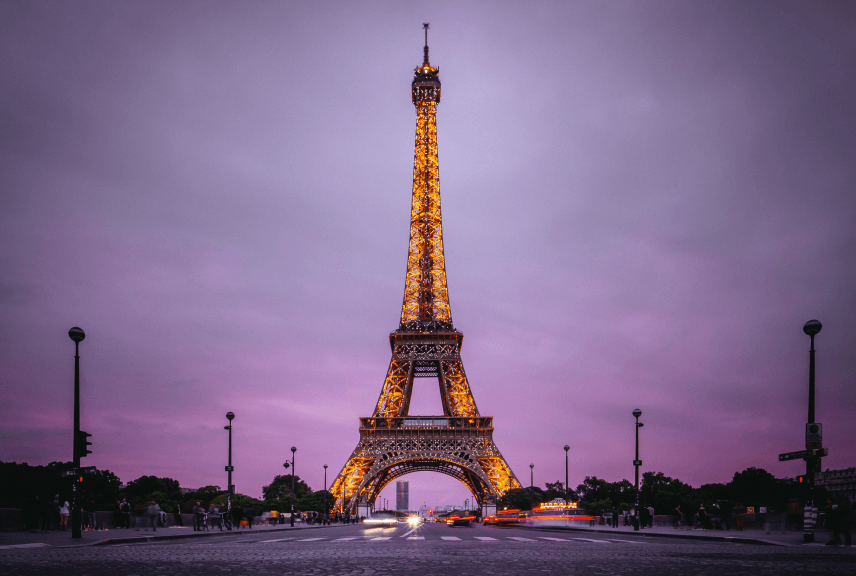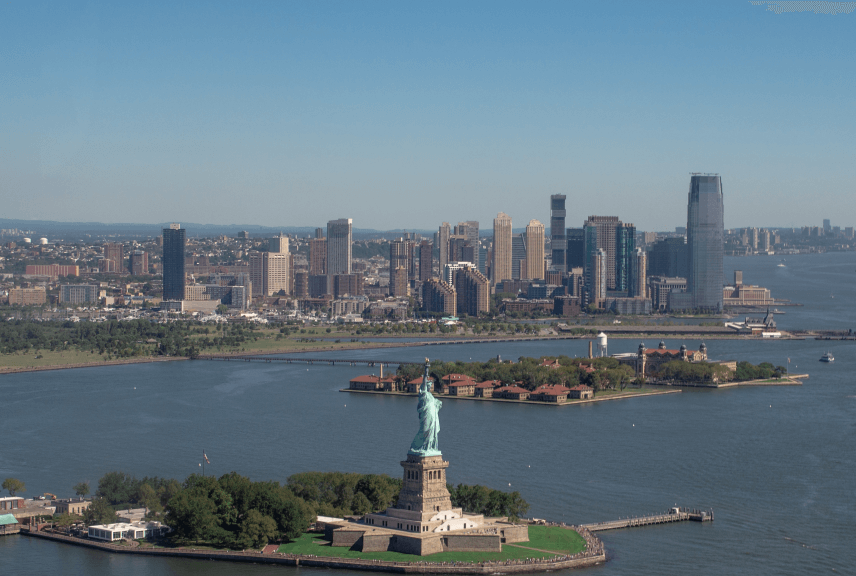Nili Masjid
Kasaumbhil, a nurse by profession built the Nili Masjid or the blue mosque in about 1505-06 during the reign of Sikandar Lodi (1489-1517). She was the nurse of Fath Khan, the son of Khan-i-Azam Masnad, the governor of Delhi. Located within the Hauz Khas Enclave, the central chamber of the mosque is all that is left at present. It has three-arched openings and is surmounted by a dome. The central arch of the mosque has the inscription that displays the date of its construction. The mosque is called ‘Nili masjid’ because the façade above the chhajja (lintel) is decorated with blue tiles.

Just south of the Nili Masjid lie the ruins of an Idgah with rubble built walls on the west having a series of eleven mihrabs. The mosque appears to have served the purpose of a place of worship as well as a battlement. The southern bastion of the structure has an inscription that informs readers that Iqbal Khan built the mosque around 1404-05 after the invasion of Timur. Iqbal Khan was a powerful noble during the reign of Mahmud Tughlaq’s reign. He was popularly known as Mallu Khan.
Char Minar is a rubble-built tapering tower situated about 300 meters southeast of the Idgah. Built during the Khilji period, the tower is fixed on a raised platform and has a staircase in its interior. The exact use of the tower is not unknown but it is believed that it may have functioned as a watchtower. However, some believe that the heads of burglars and thieves were placed in the circular holes present on the exterior of the tower to discourage the people from unethical activities.
